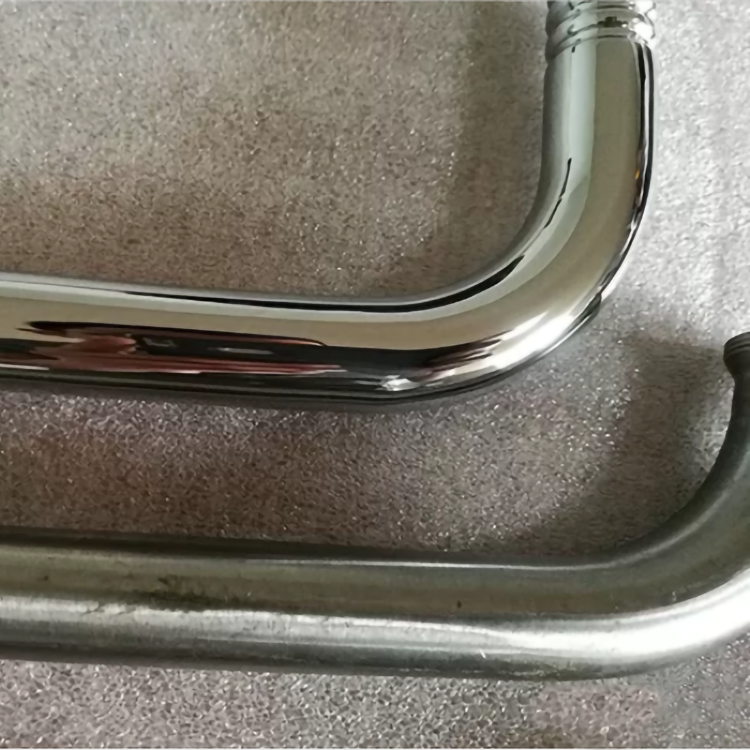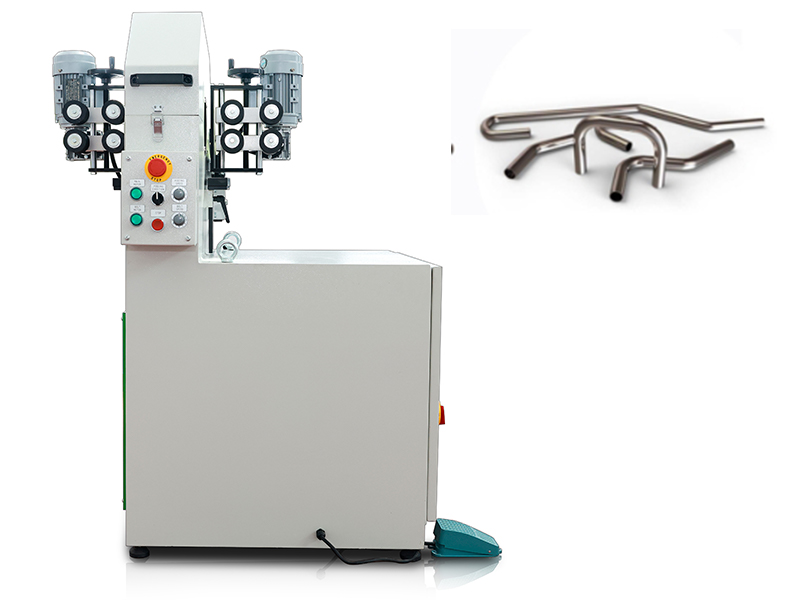Stainless steel tube polishing is a finishing process that enhances the surface quality, appearance, and performance of stainless steel tubes. It involves removing imperfections, such as scratches, weld seams, or oxidation, to achieve a smooth, reflective, or uniform surface. Polishing improves aesthetics, corrosion resistance, and cleanliness, making it essential for industries like food processing, pharmaceuticals, automotive, construction, and marine applications. Key Aspects of 108 series Stainless Steel Tube Polishing:
Key Aspects of 108 series Stainless Steel Tube Polishing:
Purpose:
Aesthetic Appeal: Creates a shiny, mirror-like finish for decorative applications.
Corrosion Resistance: Smooth surfaces reduce the risk of rust and contamination.
Hygiene: Polished surfaces are easier to clean, critical for sanitary applications.
Functionality: Improves flow characteristics in tubing systems by reducing friction.
Polishing Methods:
Mechanical Polishing: Uses abrasive tools (e.g., belts, wheels, or pads) to grind and smooth the surface. Common for achieving various finishes, from satin to mirror.
Electropolishing: An electrochemical process that removes a thin layer of material, enhancing smoothness and corrosion resistance. Ideal for high-purity applications.
Chemical Polishing: Involves chemical solutions to smooth the surface, often used for complex shapes.
Buffing: A final step using soft cloths and polishing compounds to achieve a high-gloss finish.
Surface Finish Types:
Grit-Based Finishes: Measured by grit number (e.g., #180, #320, #600), with higher numbers indicating smoother, finer finishes.
Mirror Finish: Highly reflective, achieved through multiple polishing stages.
Satin/Brushed Finish: A linear, non-reflective texture for a matte appearance.
Sanitary Finish: Ultra-smooth surfaces meeting strict hygiene standards (e.g., 3A or ASME BPE).
Equipment and Tools:
Polishing machines (e.g., centerless grinders, rotary polishers).
Abrasive belts, discs, or wheels with varying grit sizes.
Polishing compounds (e.g., aluminum oxide, diamond paste).
Electropolishing systems for precision finishes.
Process Considerations:
Material Grade: Common stainless steel grades (e.g., 304, 316) have different hardness and polishing requirements.
Tube Size and Shape: Round, square, or rectangular tubes may require specialized equipment.
Surface Condition: Initial roughness or defects influence the number of polishing stages.
Standards Compliance: Polishing may need to meet industry standards (e.g., ASTM, ASME) for specific applications.
Applications:
Food and Beverage: Polished tubes for hygienic piping systems.
Pharmaceuticals: Ultra-smooth surfaces to prevent bacterial growth.
Architectural: Decorative railings, furniture, or structural components.
Industrial: Heat exchangers, exhaust systems, or chemical processing equipment.
Benefits:
Enhanced durability and lifespan of tubes.
Improved resistance to pitting and crevice corrosion.
Better cleanability for critical environments.
Customizable finishes for specific aesthetic or functional needs.
Challenges:
Time-consuming for high-gloss or sanitary finishes.
Cost increases with finer finishes or complex tube geometries.
Risk of surface contamination if not handled properly.
 Conclusion:
Conclusion:
Stainless steel tube finishing is a versatile process tailored to meet both aesthetic and functional requirements across industries. The choice of polishing method, equipment, and finish depends on the application, material, and desired outcome. Advances in automation and polishing technology continue to improve efficiency and precision in achieving high-quality finishes.
If you need specific details, such as polishing techniques for a particular tube size or industry standards, let me know! 


